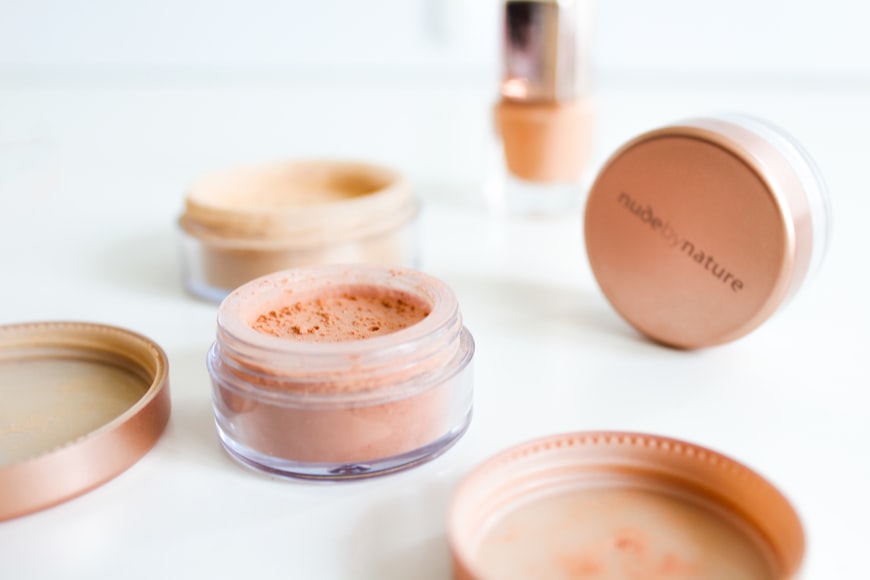When it comes to makeup, there are a variety of different products to choose from. Two such products are setting powder and finishing powder. While they may sound similar, they have different functions and purposes. In this article, we’ll explore the differences between setting powder and finishing powder, how they work, and when to use each one.
Setting Powder: What Is It?
Setting powder is a makeup product that is used to set liquid or cream products in place. This includes foundation, concealer, and even eyeshadow. The primary purpose of setting powder is to prevent makeup from smudging or transferring. It helps to lock in your makeup, providing a smooth, matte finish. Setting powder is usually available in loose or pressed form and is applied after foundation and concealer.
How Does Setting Powder Work?
Setting powder works by absorbing excess oil and moisture from the skin, which helps to keep makeup in place. When applied, it forms a barrier between the skin and makeup, preventing the product from sliding or melting off. Setting powder is typically made with finely milled ingredients, such as talc, silica, or cornstarch, that help to absorb oil and reduce shine. It can also be tinted or translucent, allowing it to match your skin tone.
When to Use Setting Powder
Setting powder is best used when you want to set your liquid or cream products in place. It’s particularly useful for those with oily or combination skin types that tend to produce excess oil throughout the day. You should apply setting powder after applying foundation and concealer. Use a large powder brush or a beauty blender to apply the powder and focus on the T-zone area, where oil tends to build up.
Finishing Powder: What Is It?
Finishing powder is a makeup product that is used to set your makeup and provide a smooth, airbrushed finish. It’s usually available in loose or pressed form and can be tinted or translucent. Finishing powder is applied after all other makeup products, including setting powder. It helps to blur fine lines and imperfections, providing a flawless finish to your makeup.
How Does Finishing Powder Work?
Finishing powder works by providing an extra layer of coverage and smoothing out the texture of your skin. It’s typically made with finely milled ingredients, such as silica or mica, that help to blur fine lines and imperfections. Finishing powder can also contain light-reflecting particles, such as pearl or gold, that help to give your skin a luminous, radiant finish.
When to Use Finishing Powder
Finishing powder is best used when you want to give your makeup a flawless, airbrushed finish. It’s particularly useful for special occasions or events when you want your makeup to look extra polished. You should apply finishing powder after all other makeup products, including setting powder. Use a large powder brush or a beauty blender to apply the powder and focus on the areas where you want to blur fine lines and imperfections.
The Key Differences Between Setting Powder and Finishing Powder
While setting powder and finishing powder may seem similar, there are a few key differences between the two.
1: Purpose
The primary purpose of setting powder is to lock in liquid or cream products and prevent smudging or transferring. The purpose of finishing powder is to provide a smooth, airbrushed finish to your makeup.
2: Application
Setting powder is applied after foundation and concealer to set liquid or cream products in place. Finishing powder is applied after all other makeup products to provide a final layer of coverage and a smooth, polished finish.
3: Finish
Setting powder provides a matte finish to your makeup, while finishing powder provides a smooth, airbrushed finish with a subtle luminosity.
4: Ingredients
Setting powder is typically made with ingredients that absorb oil and reduce shine,
People Also Search For:
- difference between setting powder and loose powder
- difference between setting powder and pressed powder
- difference between pressed powder and loose powder
- difference between loose setting powder and finishing powder
- can you use finishing powder as setting powder
- can you use setting powder and finishing powder together







No comments:
Post a Comment